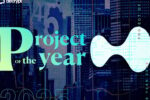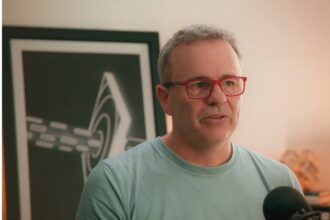Author summary Understanding a child’s dental age is crucial for making informed decisions about treatments like braces, extractions, or space maintainers. Traditionally, estimating dental age requires dentists to manually examine X-rays and compare them to reference charts. This process can be time-consuming and subjective, especially when done by less experienced clinicians. In our study, we developed and tested an artificial intelligence (AI) model using panoramic dental X-rays of children aged 3–14. The model was trained to automatically estimate dental age based on visual features in the X-rays, like how a pediatric dentist would assess development. We used a cutting-edge algorithm called YOLOv11, which is known for its speed and accuracy. Our model was highly accurate and could also highlight the parts of the image it used to make predictions, helping build trust in its decisions. We believe this technology can assist dentists, especially in busy or underserved clinics, by providing quick and reliable age estimates that support better treatment planning for children.
Discussion
Knowing a child’s DA helps guide interventions such as interceptive orthodontics, space maintainers, and extractions, ultimately improving long-term oral health outcomes [41]. This study demonstrates that YOLOv11 can accurately predict den… [13466 chars]
Source: PLOS (Public Library of Science) | Published: 2025-10-30T00:00:00Z
Credit: PLOS (Public Library of Science)







